Reviews
Abel Ferrara
USA, 1995
Credits
Review by Glenn Heath Jr.
Posted on 01 October 2012
Source Polygram VHS
Categories 31 Days of Horror IX
It’s all theory and philosophy until someone gets bit. Abel Ferrara’s art/vampire film The Addiction, a dense and moody examination of fear and self-loathing in 1990s New York City, takes this credo to insane heights. In the beginning, words and ideas are modes of deflection used by characters living in an academic world where hypothetical thought rules. But their wake-up call sleeks through the night, appearing suddenly and without reproach, brutally executing a primal reckoning of faith. From here, a new language emerges written in jet-black blood, caked on the lips of sirens and streaming down the contours of swan-like necks. Here, the crisp texture of film and photographic images is crucial for Ferrara. He sees the jarringly blunt stylization of death and trauma as the only way to reveal highbrow banter as dangerous contradiction, doing so within a genre primed for social critique. But is the horror film itself part of the problem? It all starts simply enough with a nighttime stroll and a sudden proposition of fate.
“Tell me to leave you alone,” demands a stunningly calm vampire seductress to a shocked grad student in a dank New York City alley crisscrossed by sharp, bleeding shadows. What a dare! These haunting words are uttered before each brazen attack in The Addiction. It’s as if the various supernatural beings walking the dark streets must defy their prey to stand up for survival before jumping on a single bit of hesitation to justify the impending blood lust. But looking evil in the eye and failing to react is just one of the many philosophical and moral conundrums recycling throughout Ferrara’s black and white masterpiece about dependency, fear, and political outrage. In fact, there are so many competing ideological threads in The Addiction that the very act of verbal expression becomes a form of sadism.
Kathleen Conklin, the aforementioned tough-minded grad student played by Lili Taylor who gets attacked by a sleek vampire named Casanova in the opening moments of Ferrara’s film, initially defines her professional and personal life by historical revisionism. War crimes are her object of study, and she spends the film’s first moment studying graphic pictures documenting the Mai Lai Massacre. Kathleen views these images with cold detachment, listening intently to the droll voiceover of a lecturer: “The conscience of an outraged society was temporarily satisfied,” he dramatically muses, referencing the American public’s faux-appeasement after obtaining national justice against the guilty soldiers. But college life is just a façade, and Ferrara has big thematic plans for Kathleen. After being attacked, the deep bite marks on her neck and the blood streaming down her face, often framed within smooth, nearly slow motion dolly shots, begin a slow transition from theoretical dependency to literal acts of horror and extreme physical addiction.
Unlike most horror films, The Addiction sees transformation as an ideological process rather than a physical one. Kathleen’s transition from nebbish bohemian waif to ruthlessly efficient vampire takes up most of the film’s first hour. It’s like watching a drastic and riveting shift in perspective transcribed through art film aesthetics (temporal gaps, extreme close-ups). Her entire vision of the world morphs during these wonderfully stylized sequences as Ferrara plays with cinematic space in fascinating ways. His camera glides like a bat, lingering for long passages on Kathleen’s white face blotted with droplets of blood. She tries to resist the urge to kill the innocent, even taking blood from a homeless man with a syringe during the early moments of her addiction. But that’s just the last fragment of her previous identity dying away. Then, it happens. She’s no longer afraid of the drug dealers populating the streets, or weary of her arrogant professor’s criticisms. Instead, Kathleen confronts them by manipulating their weaknesses, making each a permanent addition to her freshly minted way of life.
Only her obsessions turn injurious. Kathleen’s initial rush for blood is soon replaced by a crippling dependency on the power she wields over her victims. Horrific images of Nazi concentration camps, piles of bodies, and Hitler’s voice invade her dreams, which now have become full-fledged nightmares. Ferrara is a master of allegorical interruption, clogging what most filmmakers would constitute as dramatic scenes with montages of pictorial death and slow camera moves that evoke deterioration. Kathleen is often consumed during these intense moments of self-doubt, much like the setting sun, which doesn’t just descend in The Addiction; a thick wall of clouds swallows it up. “I’m rotting inside, but I’m not dying.” Despite her power, Kathleen now faces a new kind of contradiction, one defined by ideological frustration and panic, something that is directly referenced in her wonderfully strange scenes with Christopher Walken’s ghostly mentor, Peina.
Ultimately, The Addiction isn’t interested in genre tropes so much as revealing their inadequacies to express complex characterization and themes. Traditional vampire movie clichés (fear of sun, mirrors) don’t define Kathleen and those of her ilk; they’re simply annoyances that can be skirted around with some skill and patience. The real fatal flaw for Kathleen is realizing that despite her strength and ideological prowess, traits that come to a head during the amazingly audacious dinner party massacre late in the film, she’s really just as helpless as the crack addict on the nearest corner. Or perhaps just as guilty as those who’ve committed atrocities in the name of foreign policy and spiritual righteousness. “Self revelation is annihilation of self.” Kathleen’s final words sound like the confession of philosopher devoured by their own ideology, yet someone who has finally realized that habitual patterns of all kinds are equally debilitating. Arrogance, heroin, lust, and fear: they’re all spiked with the same flavor of poison.
More 31 Days of Horror IX
-
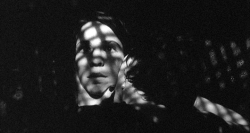
The Addiction
1995 -

Psycho III
1986 -
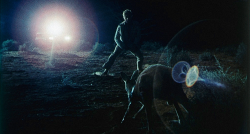
Wake in Fright
1971 -

Blacula
1972 -
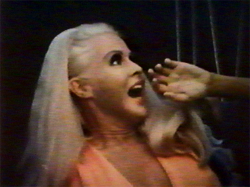
Big Foot
1970 -

Trollhunter
2010 -
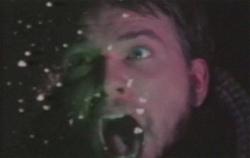
Invasion from Inner Earth
1974 -

In the Company of Men
1997 -
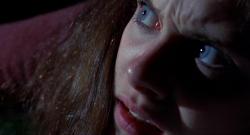
Happy Birthday to Me
1981 -

I Drink Your Blood
1970 -
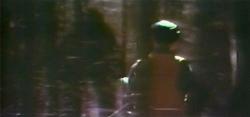
The Legend of Boggy Creek
1972 -

Maximum Overdrive
1986 -
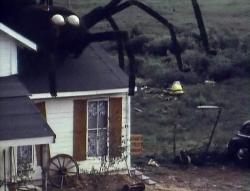
The Giant Spider Invasion
1975 -

Ganja & Hess
1973 -
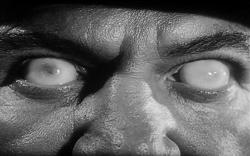
Not of This Earth
1957 -

Let’s Scare Jessica to Death
1971 -
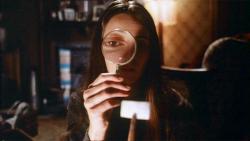
Next of Kin
1982 -
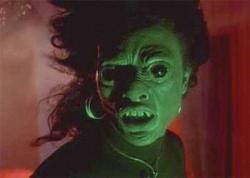
Def by Temptation
1990 -
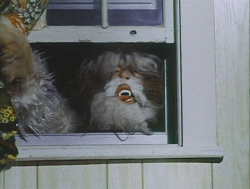
Shriek of the Mutilated
1974 -
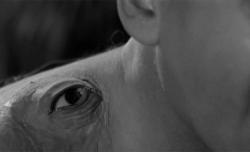
The Manster
1959 -
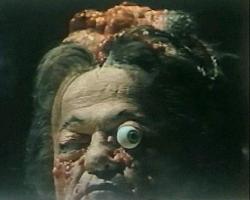
The Alpha Incident
1978 -

The Bride
1985 -

Planet of the Vampires
1965 -

The Hole
2009 -
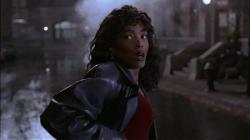
Vampire in Brooklyn
1995 -

Sasquatch: the Legend of Bigfoot
1977 -

Mad Love
1935 -
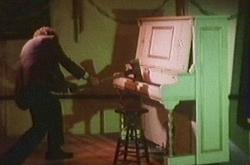
The Demons of Ludlow
1983 -

Habit
1997 -

Elephant
1989 -
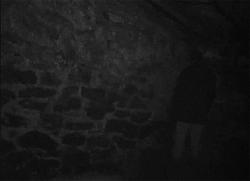
The Blair Witch Project
1999
We don’t do comments anymore, but you may contact us here or find us on Twitter or Facebook.



